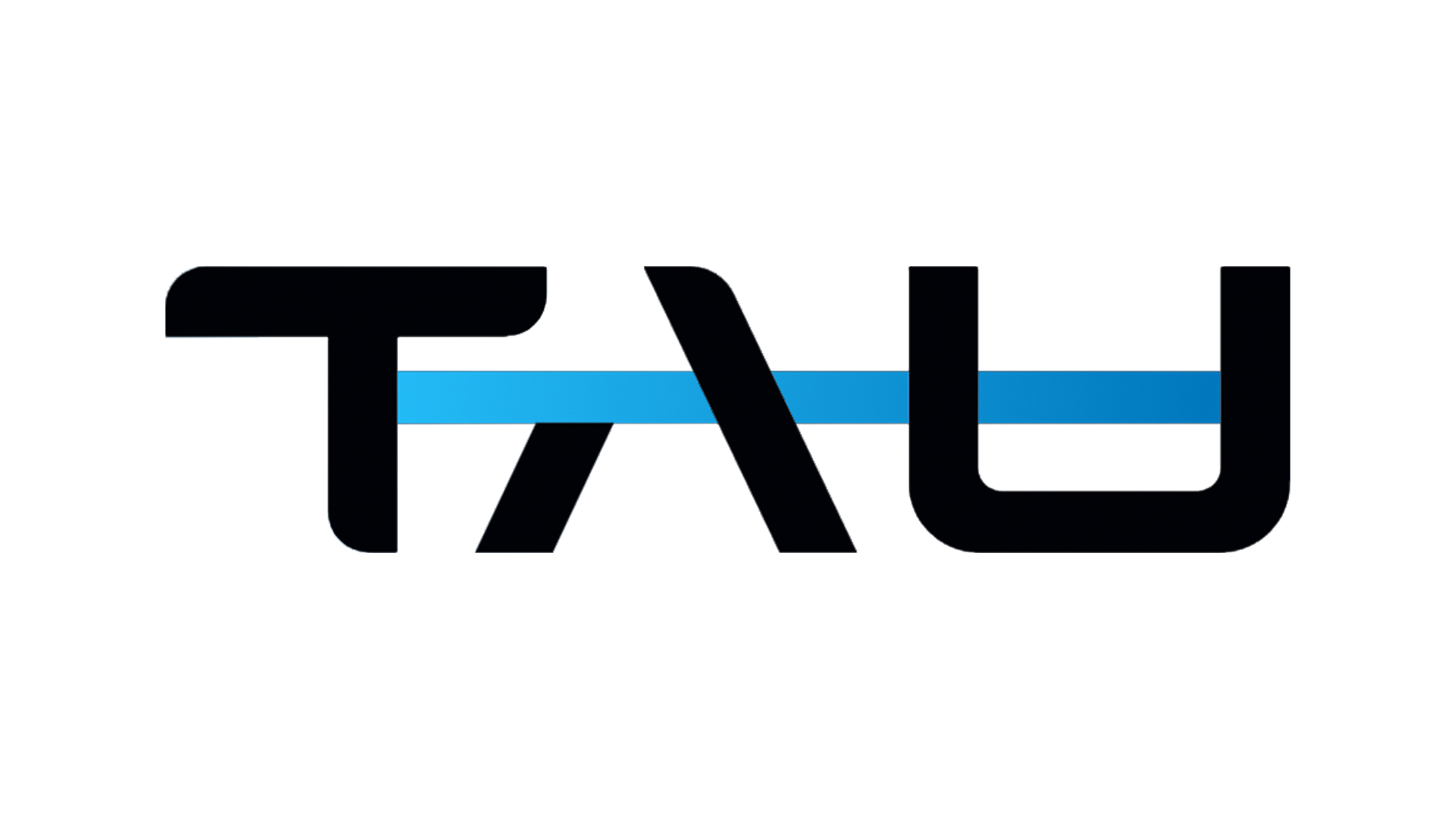TAU Systems has commercialised the world’s first compact laser-driven particle accelerator to expedite breakthroughs in radiation testing space electronics, imaging semiconductor structures, developing cancer therapies, and conducting advanced medical imaging techniques.
TAU Systems is a pioneer in compact particle acceleration technologies. Through its state-of-the-art particle acceleration technology, the company aims to provide critical testing services with applications including imaging semiconductor structures, developing cancer therapies, conducting advanced medical imaging techniques and radiation testing space-bound electronics.
Bridging the gap in beam-time demand
Currently, there are no more than a handful of facilities globally capable of performing particle acceleration testing, summing to a total of a few thousand hours of beam time per year – far below the estimated 30,000 hours demanded by government, academia, and industry for radiation testing alone.
TAU Systems has established TAU Labs in Carlsbad, California, a purpose-built facility where its compact particle accelerators will generate between 2,000 and 4,000 hours of beam time annually per unit, greatly expanding access to critical research.
How TAU Systems’ compact accelerator works
Particle accelerators hold great potential for semiconductor applications, medical imaging and therapy, and research in materials, energy, and medicine.
However, conventional high-energy particle accelerators require plenty of space – some upwards of kilometres – making them expensive and limiting their presence to a handful of national labs and universities.
TAU Systems has built and rigorously tested a compact Laser Wakefield Accelerator (LWFA), which has a wide variety of applications, and the full system could be contained in a volume the size of a shipping container.
In addition to testing how well space-bound electronics can withstand radiation, the accelerator technology will also be used to image the 3D internal structures of new semiconductor chip designs and even to develop novel cancer therapies and advanced medical imaging techniques.
Capabilities of particle acceleration technologies
This kind of compact particle accelerator could also be used to drive another device called an X-ray free electron laser, which could be used as a light source beyond EUV lithography for even more advanced chip production, as well as being capable of recording the dynamics of processes on the atomic or molecular scale.
Examples of such dynamic processes include drug interactions with cells, changes inside batteries that might cause them to go into thermal runaway, chemical reactions inside solar panels, and viral proteins changing shape when infecting cells.
The concept of LWFA was first described in 1979. An extremely powerful laser strikes a gas target (e.g. helium), heats it into a plasma, and creates plasma waves that accelerate electrons from the gas, thereby generating a high-energy electron beam. Conceptually, the laser is like a boat skimming across a lake, leaving behind a wake – a plasma wake/wave – and electrons ride this plasma wave like surfers.
During the past couple of decades, various research groups have developed more powerful versions, and TAU Systems holds the current record with a demonstrated acceleration gradient of over 100 billion volts per meter or 1,000x more than even the strongest conventional accelerators can achieve.
“It’s hard to get into the biggest wave without getting overpowered, so surfers get dragged in by jet skis,” said Bjorn Manuel Hegelich, CEO and Founder of TAU Systems.
“In our accelerator, the equivalent of jet skis are metal nanoparticles that release electrons at just the right point and just the right time, so they are all sitting there in the wave.
“We get a lot more electrons into the wave when and where we want them to be, rather than statistically distributed over the whole interaction, and that’s our secret sauce.”



